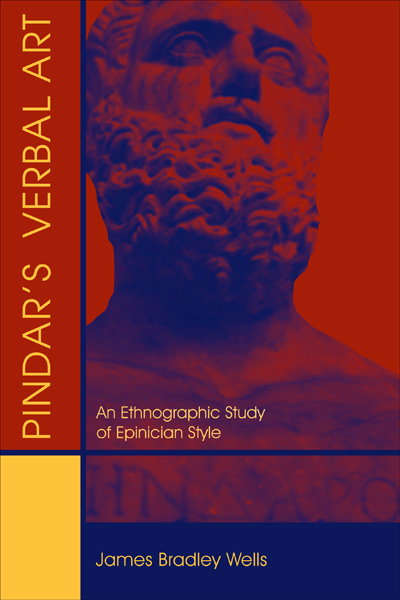Pindar’s Verbal Art: An Ethnographic Study of Epinician Style
In Pindar’s Verbal Art, James Bradley Wells argues that the victory song is a traditional art form that appealed to a popular audience and served exclusive elite interests through the inclusive appeal of entertainment, popular instruction, and laughter. This is the first study of Pindar’s language that applies performance as a method for the ethnographic description and interpretation of entextualized records of verbal…
In Pindar’s Verbal Art, James Bradley Wells argues that the victory song is a traditional art form that appealed to a popular audience and served exclusive elite interests through the inclusive appeal of entertainment, popular instruction, and laughter. This is the first study of Pindar’s language that applies performance as a method for the ethnographic description and interpretation of entextualized records of verbal art. In Mikhail Bakhtin’s terms, Pindar’s Verbal Art is a sociological stylistics of epinician language and demonstrates that Pindar’s is a highly dialogical form of art, an intertextual web of voices, whose study enables us to appreciate popular dimensions of his songs. Wells offers a new take on recurrent Pindaric questions: genre, the unity of the victory song, tradition, and, principally, epinician performance.
Available for purchase in print via Harvard University Press.
Wells, James Bradley. 2010. Pindar's Verbal Art: An Enthnographic Study of Epinician Style. Hellenic Studies Series 40. Washington, DC: Center for Hellenic Studies. http://nrs.harvard.edu/urn-3:hul.ebook:CHS_WellsJ.Pindars_Verbal_Art.2010.
This work is licensed under a Creative Commons 3.0 License.

